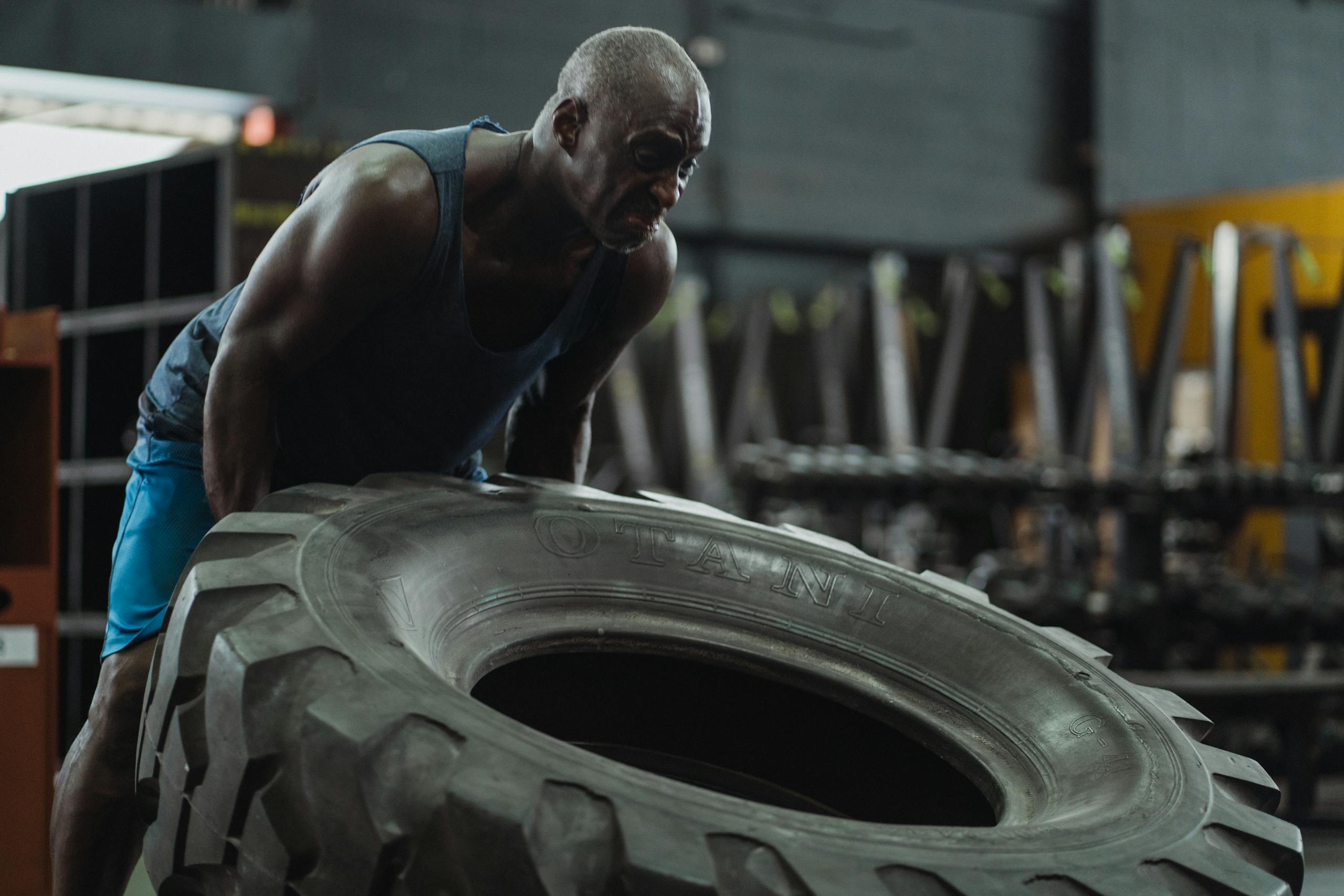The Ultimate Guide to Functional Fitness for Everyday Life

Functional fitness has become a buzzword in the fitness industry, but what does it really mean? More importantly, how can it enhance your everyday life? In this ultimate guide, we’ll delve into the core principles of functional fitness, its benefits, and how you can easily incorporate it into your daily routine to improve your strength, mobility, and overall well-being.
What is Functional Fitness?
Functional fitness refers to exercises that mimic everyday activities, helping you move better in real life. Unlike traditional workouts that may focus on isolating specific muscle groups, functional training emphasizes compound movements that engage multiple muscles and joints simultaneously. Think of it as training your body to perform daily tasks more efficiently and with less risk of injury.
The Importance of Functional Fitness
- Enhanced Daily Functionality: Whether it’s lifting grocery bags, climbing stairs, or playing with your children, functional fitness prepares your body for the demands of everyday life. The stronger and more agile you become, the easier these tasks will feel.
- Injury Prevention: By focusing on exercises that enhance your balance, coordination, and stability, functional fitness can significantly reduce your risk of injuries. Improved body mechanics ensure that you are less prone to strains and sprains.
- Improved Posture and Core Strength: Many functional exercises engage the core, which supports your spine and improves your posture. This is particularly important as poor posture can lead to discomfort and long-term issues.
- Increased Flexibility and Range of Motion: Functional fitness often includes dynamic movements that enhance flexibility and mobility, allowing you to move more freely and reducing stiffness.
Key Components of Functional Fitness
To reap the full benefits of functional fitness, it’s essential to incorporate various components into your training. Here are some key elements to focus on:
1. Strength Training
Incorporate exercises that strengthen major muscle groups, such as squats, lunges, push-ups, and deadlifts. These movements not only build strength but also enhance stability and coordination.
2. Balance and Stability
Exercises like single-leg stands, stability ball workouts, and balance boards can help improve your proprioception (your body’s ability to sense its position in space). This is crucial for preventing falls and enhancing overall athletic performance.
3. Mobility Work
Incorporate dynamic stretching and mobility exercises into your routine. Movements like hip openers, shoulder stretches, and torso twists can enhance your flexibility and prepare your body for functional movements.
4. Cardiovascular Fitness
Functional fitness isn’t just about strength; it also involves cardiovascular endurance. Engage in activities like cycling, running, or swimming to improve your heart health and stamina.
Sample Functional Fitness Workout Routine
Creating a balanced functional fitness routine doesn’t have to be complicated. Here’s a sample workout that incorporates all the key components:
Warm-Up (5-10 minutes)
- Arm circles
- Leg swings
- Hip openers
- Dynamic stretches
Main Workout (30-40 minutes)
- Squats (3 sets of 10-15 reps)
- Push-Ups (3 sets of 10-15 reps)
- Lunges (3 sets of 10-12 reps per leg)
- Plank with Shoulder Taps (3 sets of 30 seconds)
- Deadlifts (3 sets of 10-12 reps)
- Single-Leg Balance (3 sets of 30 seconds per leg)
- Burpees (3 sets of 5-10 reps)
Cool Down (5-10 minutes)
- Static stretches focusing on all major muscle groups
- Deep breathing exercises
Tips for Staying Consistent
- Set Realistic Goals: Start with achievable goals and gradually increase the intensity and duration of your workouts.
- Track Your Progress: Keep a journal of your workouts and progress. This can be incredibly motivating and help you stay accountable.
- Mix It Up: To prevent boredom, vary your workouts. Try new exercises, change your routine, or even join a fitness class.
- Listen to Your Body: Pay attention to how your body feels during and after workouts. Rest and recover when needed to avoid burnout.
Functional fitness is more than just a workout; it’s a way to improve your quality of life. By focusing on movements that mimic daily activities, you’ll enhance your strength, stability, and overall health. Start incorporating functional exercises into your routine today and experience the benefits firsthand. Remember, the goal is to empower yourself to thrive in everyday situations, making life not only easier but also more enjoyable.

Recent Comments